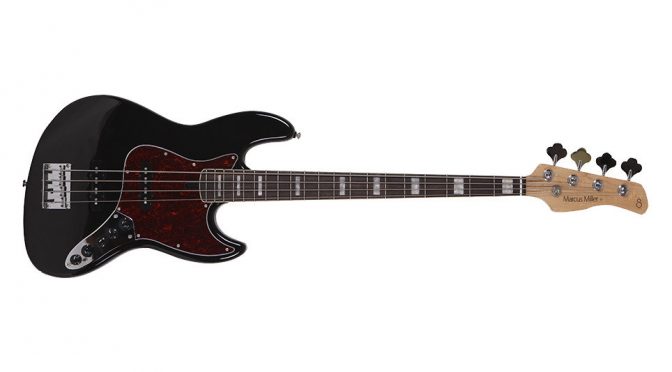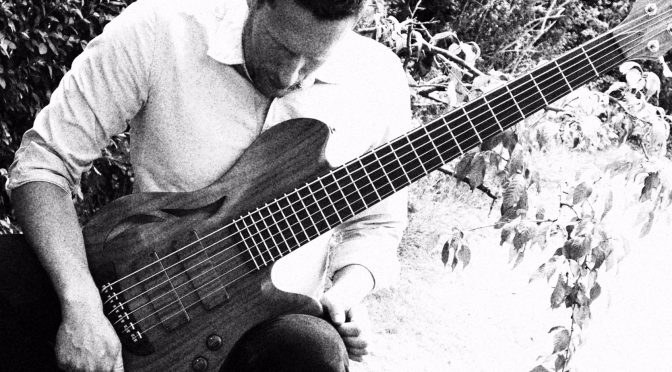Sire Marcus Miller V7 vs Warwick Rockbass Infinity – Bass Practice Diary – 1st December 2020
Sire created a sensation in the bass world when they released their Marcus Miller basses a few years ago. They are great sounding basses sold at an amazingly competitive price. However, while they are really good basses, I’ve often thought that Sire were not the first company to come out with high quality instruments for a budget. If you follow my videos, you know that I’ve been playing Warwick basses for many years. So, I’ve long thought of doing a comparison between Warwick’s more budget friendly Rockbass instruments and Sire’s Marcus Miller basses.
Sire vs Warwick
If I’m being completely honest, this video is just a bit of fun. It’s not a particularly scientific comparison. The basses had different strings at the time of recording. The Sire was strung up with some nice new Overwater bass strings whereas the Warwick had a very cheap set of Warwick Red Label strings.
The pickup configuration is obviously different as well. With the Sire, I’m using both pickups in the video, but with the Warwick I’m only using the single coil pickup at the front.
However, I should say that both of these basses were a very similar price point when I bought them. Less than £500 at full price in the UK. The new Warwick Rockbass Infinity basses are being sold for considerably more. They’ve given the model a makeover in 2020 with a flamed maple top, but my one is the more simple looking 2018 model. There are Warwick Rockbass models in 2020 that can still rival the Sire V7 for affordability. You probably need to look at something like a Corvette or a Streamer.
If you want to see a proper comparison of Sire and Warwick Rockbass and what they both offer for the price, then let me know by leaving a comment on the YouTube video. If enough people want a detailed comparison, then I’ll do it.






